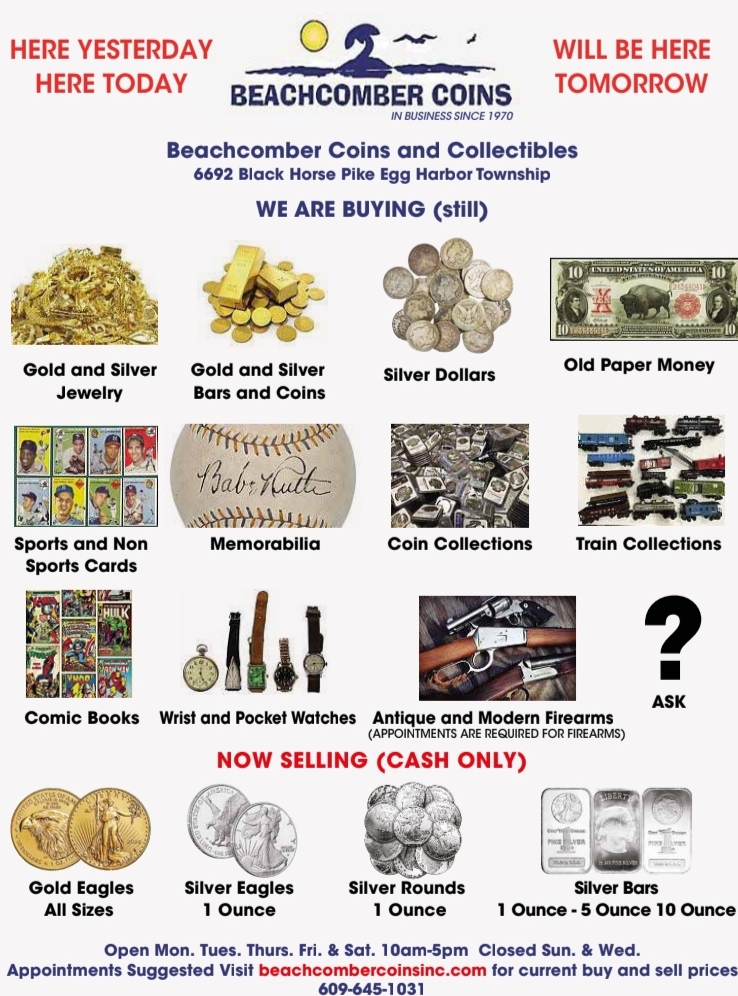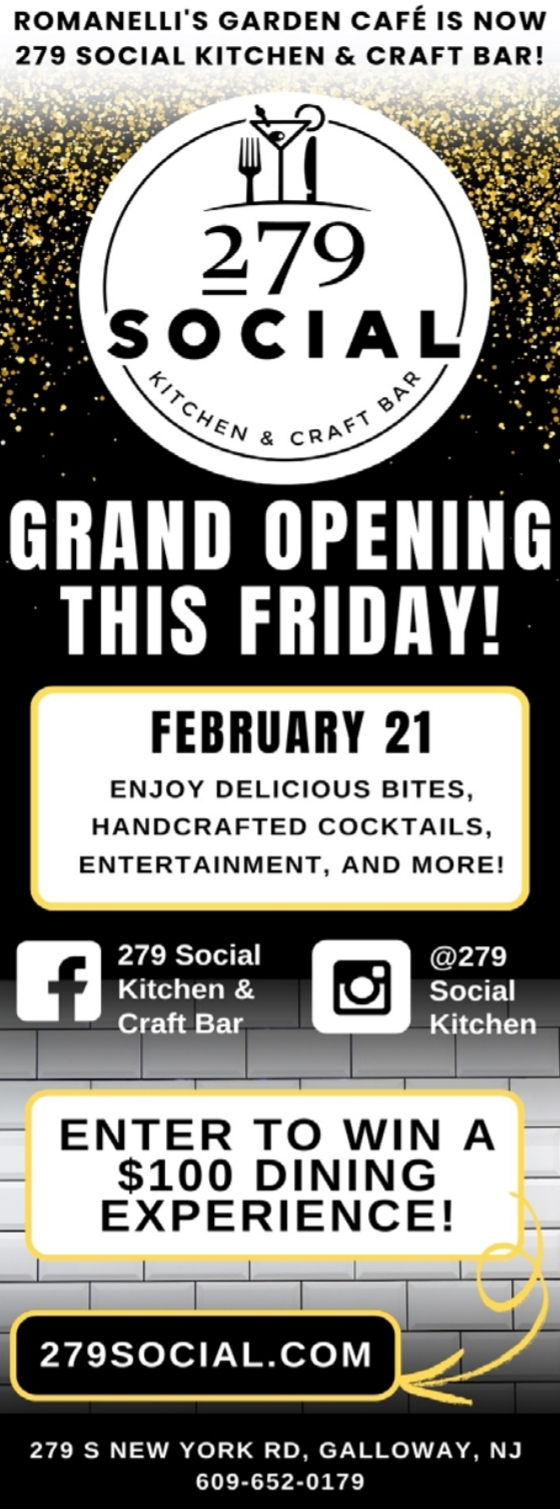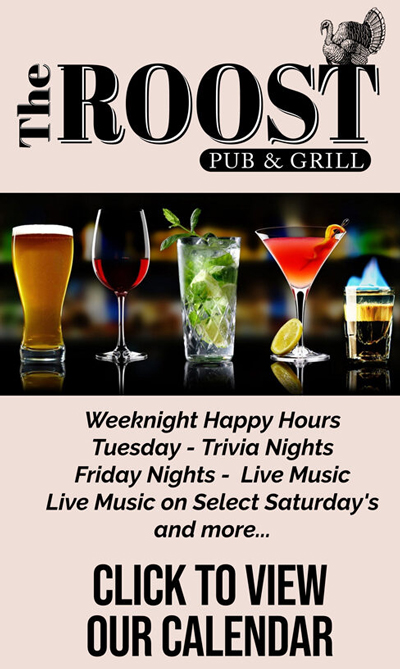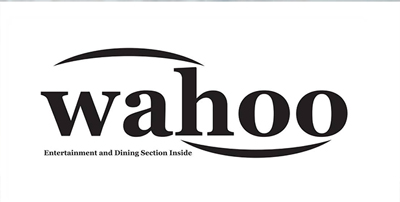By Douglas Keefe
While traveling, I have encountered a machine at many locations, that for fifty-one cents (2 quarters and 1 cent) you can choose 1 of 4 designs to be pressed onto the 1 cent coin you place in the machine. The coin you get back (it is the same one you placed in the machine) is known as an elongated cent, that is it has been pressed flat (elongated) with a roller and had a design impressed on it that usually represents something about the locality of the machine. For example, there are elongated cent machines in Disney World that offer designs of Disney characters. Ones I have seen on my trip, usually in museums or attractions such as the Grand Canyon, feature designs that pertain to that exhibit or location. There is even one in the rest stop on the Atlantic City Expressway.
Elongated cents first appeared at the Columbian Exposition in 1893. Although it is thought the intent was to use one-cent coins, I have many examples of five-cent coins that went through the process. The design was pretty basic, with the words “Columbian” across the top, “Exposition” along the bottom and the date 1893 in the middle. From that time forward, it seemed every major exposition and fair had a vendor who offered a design that was a souvenir of that event, and the designs became more elaborate as time went on with renditions of some of the prominent buildings at the event. Because major fairs didn’t occur every year, it behooved these vendors to expand their market rather than wait for the next major fair or exposition, so they created dies for different purposes such as the Lord’s Prayer and the Pledge of Allegiance.
Collecting elongated cents is a fun undertaking that doesn’t cost a lot of money, even for the earliest examples. It comes under the category of exonumia and is divided into three periods of time. The first, beginning with 1893 and lasting until 1965. The second period began around 1965 when there was a proliferation of individuals who had dies engraved for different events of a more local nature, such as one produced here for the 100th anniversary of the Atlantic City Boardwalk. The third period is from the mid-1980s forward, which covers when the machines I first mentioned came into use.
The early machines were hand crank devices that, using gears, transfers a lot of pressure to the coin. The coin is placed in a slot and when the crank is turned, a roller with the die engraved in it grabs the coin and pulls it through with the design pressed onto the coin. The pressure on the coin causes it to come out oblong. This was a manual operation requiring someone to turn the crank and to keep peoples fingers away from the machine. The modern machines are automatic with the total operation enclosed and powered by electricity, but still with the same gear reduction to create the necessary pressure. The concern that doing this to coins is against the law is unfounded as the law governing the mutilation of coins only applies to coins that will be reintroduced to commerce.
I have one of the original hand crank machines that I bought from the person who created the boardwalk anniversary elongated cent. Also amongst his creations were cents that had the signs of the Zodiac.
Since 1983, our one-cent coins have been made of zinc with a copper coating. When these coins are pressed, they come out with a zinc streak. To get a uniform copper appearance, use a cent dated 1982 or earlier.
Douglas Keefe and his wife Linda are owners of Beachcomber Coins and Collectibles in Egg Harbor Township.















